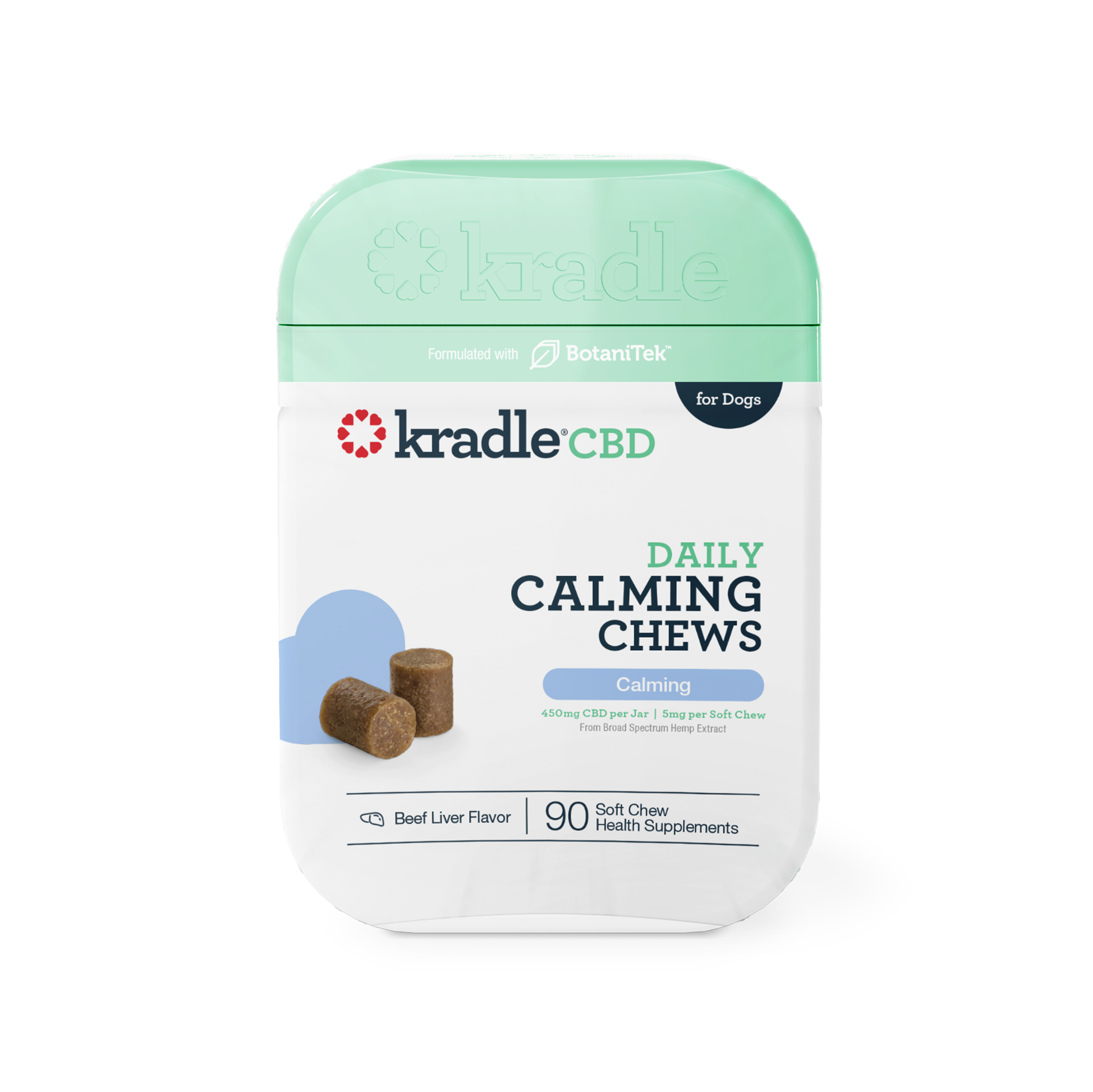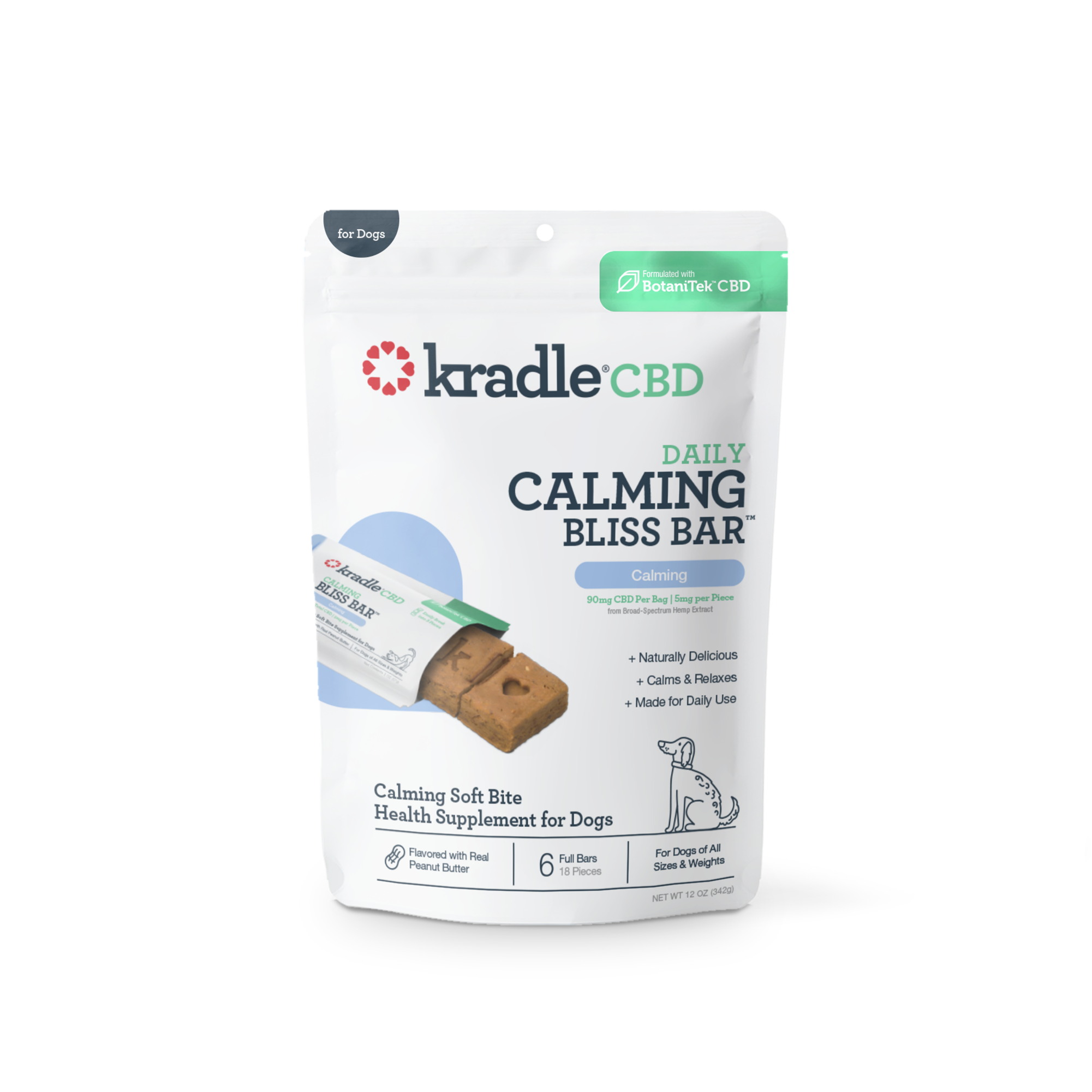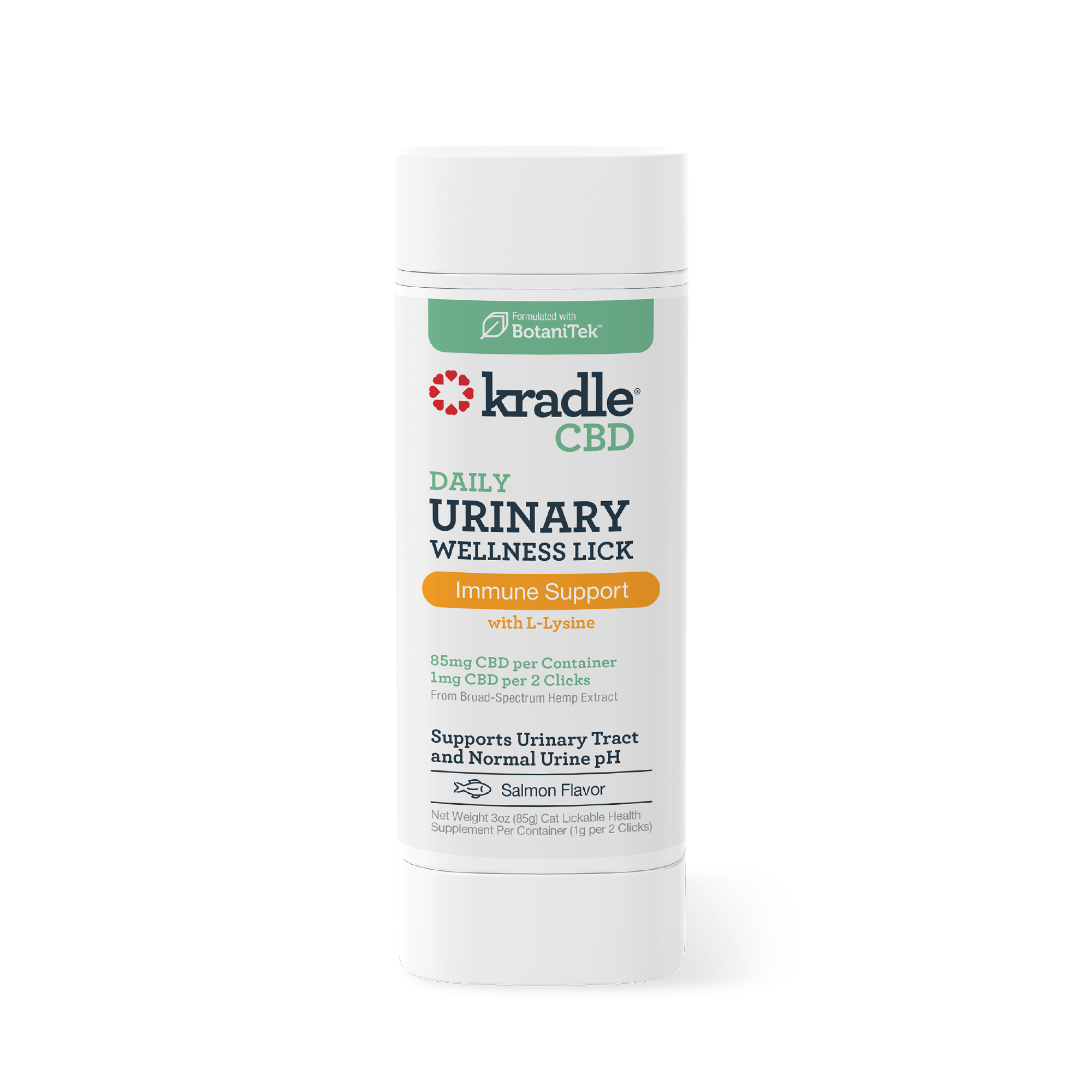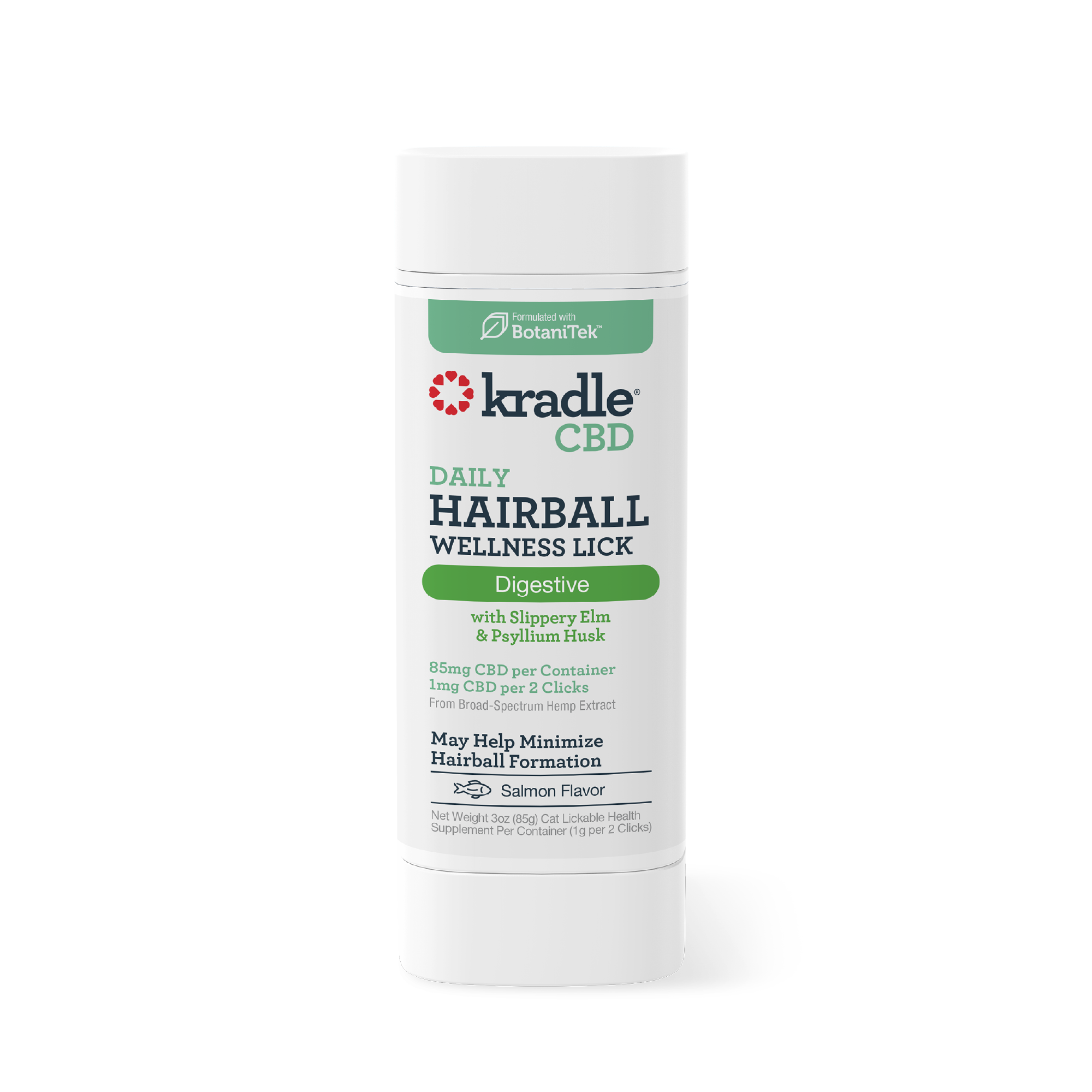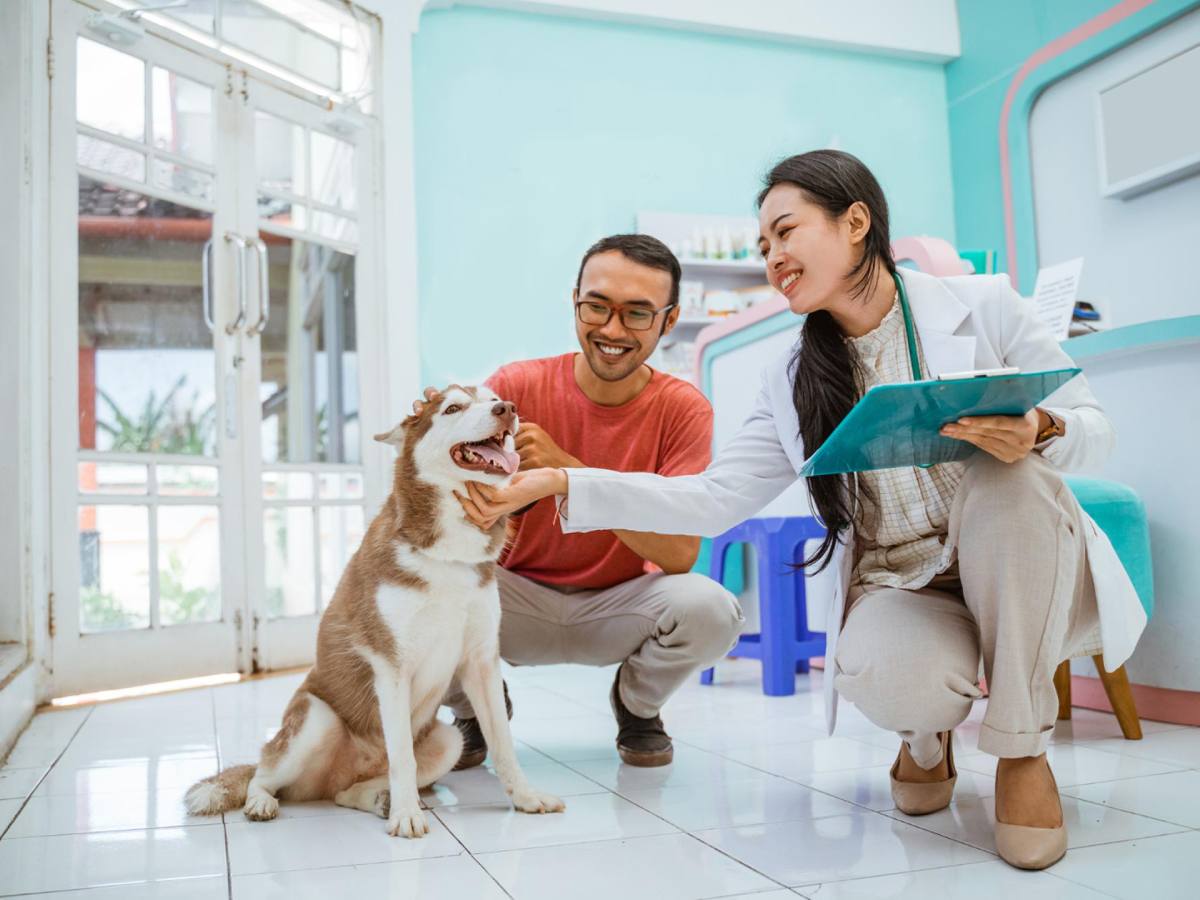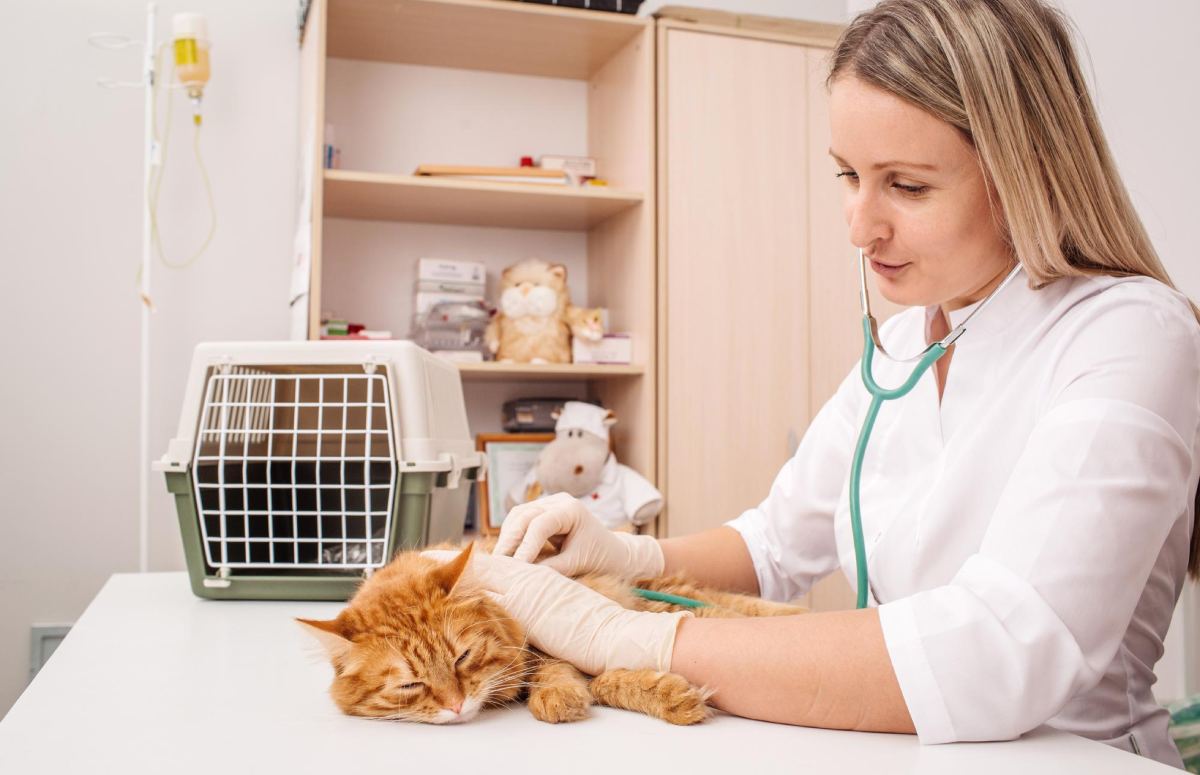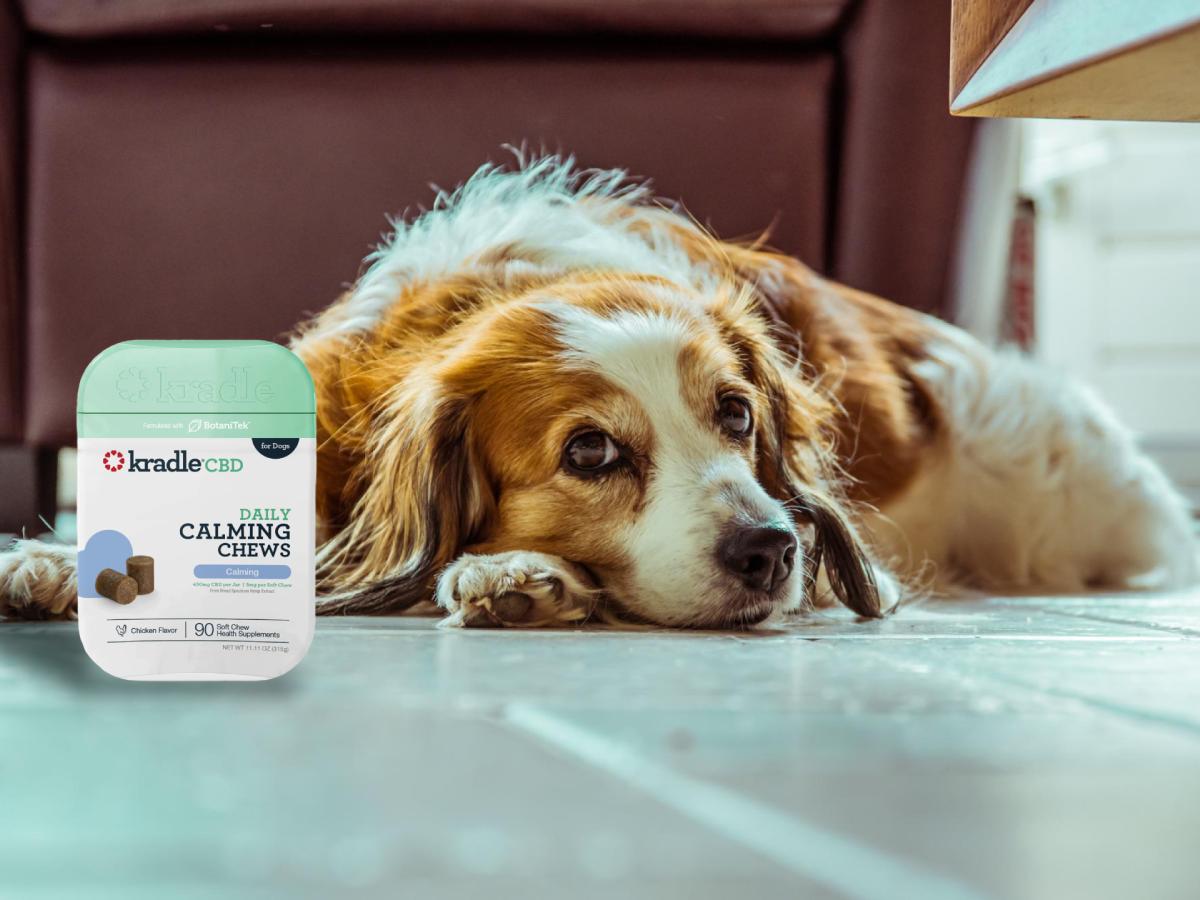
How Long to Leave a Dog Alone — Puppies to Seniors
Every dog owner knows that feeling. You grab your keys, put your shoes on, and your dog is looking up at you with worried eyes. There’s a small wave of guilt that takes over before you have even closed the door. The thought appears, “How long can I leave my dog alone?”.
Pet parents always wonder, “How long can dogs be left alone?” or “How long can you leave a dog alone before it becomes stressful?” Sometimes leaving a puppy alone at home for the first time is very necessary. The safe time still depends on its age, personality and training.
This guide outlines how long dogs can safely stay alone at each life stage. It also explains how to keep them calm and confident with natural aids such as CBD.
The Big Question: General Timelines for Leaving a Dog Alone
It Depends: Factors That Influence Alone Time
There is no single answer to how long can dogs be left alone. Each dog is different. Several elements shape how they handle time apart.
-
Age: Puppies and seniors have unique needs compared to adults.
-
Health: Dogs with medical issues may require more frequent care.
-
Temperament: Some breeds enjoy solitude. Others rely on companionship.
-
Training history: Dogs taught to handle short separations usually adapt well.
-
Environment: A quiet, secure space helps them stay relaxed.
Remember: Dogs notice every little change. They’ll notice even the sound of your footsteps or the jingle of your keys. A steady routine makes them safe and they’ll trust their alone.
A Guide to Alone Time by Age

Use this simple guide to plan your dog’s routine:
Puppies (Under 6 months)
Puppies are little, still figuring things out. Their bladders are small and their focus isn’t long. A good rule is one hour alone for every month of age. When leaving your puppy home for the first time, take it slow; don’t rush it. They need routine and reassurance. Your patience now helps them grow into confident dogs.
Adult Dogs (Over 18 months)
Pet parents often ask how long can adult dogs be left alone. With steady training and routine, adults usually manage 4–6 hours. Well-adjusted dogs sometimes last up to 8 hours with proper enrichment. Exercise before and after home time keeps them balanced. A short walk before leaving often helps them rest easier while you’re gone.
Senior Dogs
Older dogs need more care. They may need potty breaks every 3–4 hours. Many rest peacefully, while others become anxious without companionship or structure. Some seniors also grow more attached with age, so extra affection before leaving makes a difference.
Key Considerations Before You Extend Their Time Alone
Physical Capacity (Bladder Control)
Dogs can hold their bladders for nearly one hour. Most adult dogs can go comfortably for 8 hours. Untrained puppies and some older dogs will need to go more frequently to avoid issues.
Emotional Well-Being
Dogs desire companionship. More lonely time leads to stress or boredom. You can play soft music, and give them their favorite toys or items with familiar smell to help them feel comfortable. Dog emotional security usually will lead to a smoother adjustment to being dog home alone.
Observing Behavioral Cues
Whines, pacing, or chewing things up can show anxiety. Too much excitement when you return might mean stress. Try shorter alone times and add gentle training. Watch changes in energy or appetite—they can reveal how your dog feels.
Understanding Separation Anxiety
More Than Just Sadness: What is Separation Anxiety?
Separation anxiety isn’t just missing you. It’s real fear and panic when a dog feels unsafe alone. Rescue dogs or those in new homes feel it most. It can start small, with restlessness or whining, and grow into stronger reactions over time.
Signs Your Dog is Stressed, Not Just Bored
Some dogs hide their discomfort. Others show it clearly. Watch for:
-
Whining or long barking spells
-
Damaged doors or furniture
-
Accidents despite potty training
-
Restless pacing
-
Door scratching or escape attempts
-
Excessive excitement when you return
Early awareness helps you respond gently through calm routines and structure.
Beyond the Basics: Upgrading Your Dog’s Alone-Time Experience
-
Add a “Scent Adventure” using a Snuffle Mat
-
Use puzzle toys that release treats
-
Rotate toys to prevent boredom
-
Play soft, relaxing music
-
Hire a reliable dog walker
-
Enroll them in dog daycare
-
Add a second pet only if they get along.
These simple actions make your dog engaging and peaceful, reduce anxiety and destructive habits.
The Calming Solution: How CBD Can Help Ease Your Dog’s Alone-Time Anxiety
Promoting a State of Calm with CBD
CBD or cannabidiol is a natural compound from hemp. It supports the body balance and relaxation through the body’s Endocannabinoid System, which regulates stress and mood.
When a dog stays home alone, CBD helps create calm without sedation. It works best as part of a steady daily routine instead of short-term use.
Why Choose CBD for Your Dog’s Peace of Mind?
-
Reduces Stress: Helps dogs to be calm during long separations.
-
Prevents Damage: Stops them from chewing or barking more.
-
Non-Sedative: Promotes peace without making sleepy.
Finding the Right Routine with Kradle My Pet
Kradle believes every pet deserves a happier, balanced life. Dog CBD Calming Chews make support easy and enjoyable. Kradle CBD pet products are made up of premium and human-grade ingredients. Every batch is tested for purity, safety and consistency. Your pet’s peace is peace to your heart.
Setting Your Dog Up for Success: Practical Tips for a Happy, Independent Pet
Creating a Safe and Engaging Environment
Exercise is Key
A tired dog stays calm. Give them play, walks, or short agility drills before leaving. Activity reduces nervous energy and promotes rest. Dogs that move their body before resting usually settle faster when alone.
Create a “Safe Zone”
Make a cozy area with soft bedding, clean water and toys. Avoid tight spaces, but it’s fine if your dog feels comfortable inside a crate.
Keep Them Entertained
Provide toys that last. Use puzzle feeders or frozen treats like a peanut butter Kong to occupy them for hours.
The Art of the Calm Departure and Return
Practice Short Departures
Step out briefly, then come back. Increase time gradually so your dog learns you always return.
Keep Goodbyes and Hellos Low-Key
Stay calm during departures and returns. Emotional reactions increase anxiety.
Establish a “Departure Cue”
Choose a small routine action, such as turning on calm music or giving a toy. Over time, your dog associates this with comfort and safety.
Happy Homecomings Start with Calm Goodbyes
Leaving your dog alone can feel easier with a bit of planning. Patience and care help your dog understand that alone time is safe. When you work a 9–5 job or step out for a while, keep a steady routine, meet your dog’s needs, and include calm aids for comfort.
A dog that feels safe trusts you to return. At the moment of returning to them, they’ll become calm, joyful, and filled with wagging tails. That’s the purest kind of love.
FAQs
What is the 7 7 7 rule for dogs?
The 7-7-7 rule explains that a dog needs 7 days to adjust to the new home, 7 weeks to learn their routine and 7 months to settle. It tells pet parents to be patient in order to build trust.
How long should a dog be left alone during the day?
Most adult dogs are left alone for about 4-6 hours a day depending on their personality and training. If a break with exercise is possible, it will help keep the dog calm and happy.
How long can a small dog be left alone?
Small dogs have smaller bladders. Usually, small dogs can wait every 3-4 hours for a break.
Can you have a dog if you work 9–5?
Yes, you can! You can also arrange dog daycare, arrange for a dog walker to come over in the middle of the day, or provide interactive toys to keep your dog company while you are at work.
How long can a dog be left alone inside?
Healthy adult dogs can stay inside for 6-8 hours a day as long as they have water, a comfortable place to lie down, and an opportunity to relieve themselves before and after.
Is 12 hours alone too long for a dog?
Yes, twelve hours is too long. Long periods of isolation can create stress, encourage an accident, or create destructive behavior.
How long can a dog be left alone overnight?
A trained and comfortable dog manages overnight hours well. Just let them go potty before bedtime and again early in the morning.
Do dogs have separation anxiety?
Yes. Many dogs feel stress when alone. They may bark, chew, or pace. Calm routines and patient training help ease this.
How long can 2 dogs be left alone?
Two bonded dogs comfort each other, but they shouldn’t stay alone longer than 8 hours.
What Will My Dog Do While I’m Away?
Dogs nap, explore, and play. Enrichment toys and puzzles keep them occupied and relaxed. Sometimes they simply sit near the door, waiting quietly for the moment you return.
How long can a dog be left alone legally?
Laws vary by region. Most areas consider over 24 hours without care as neglect. Always follow humane guidelines.
How long can you leave a puppy alone?
Young puppies should stay alone for not more than 2–3 hours. Slowly extend the time they have as they mature and gain independence.

